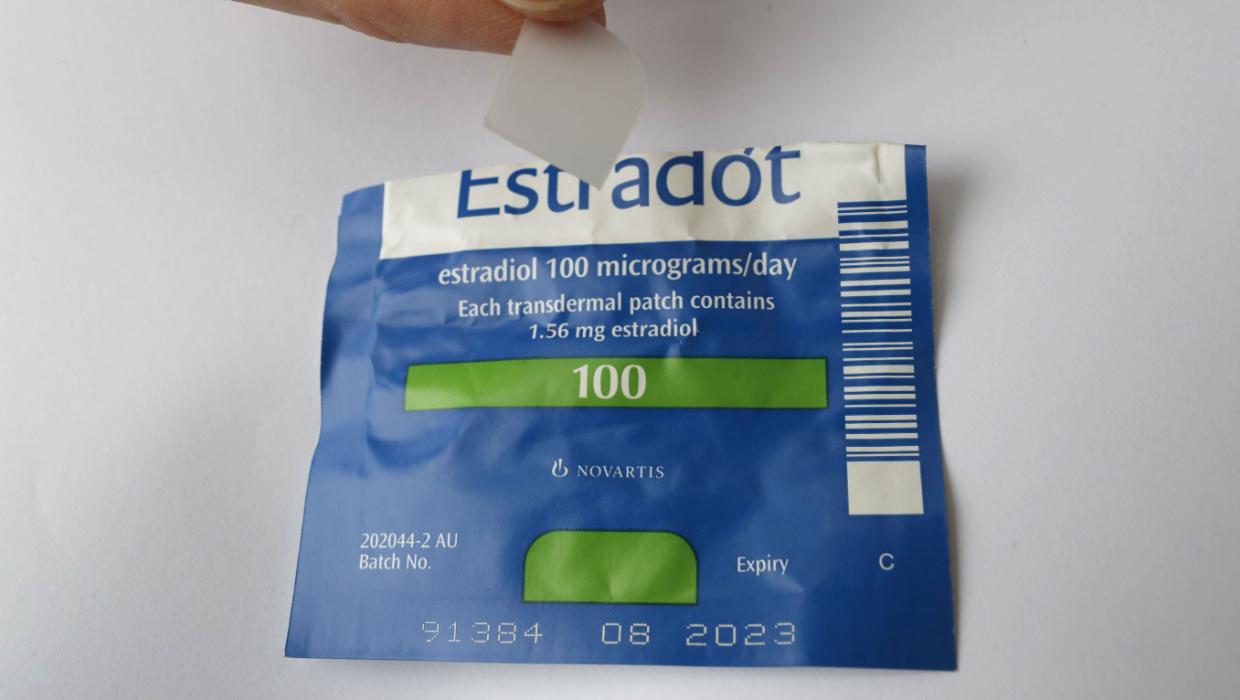Top Stories
Women Demand Answers Over Concerns with Estradot Oestrogen Patches

A significant number of women in New Zealand are voicing their frustrations over the efficacy of Estradot oestrogen patches, claiming the medication is not working as intended. Patients have reported issues with adhesion and effectiveness, prompting the concerns that have reached health authorities.
The New Zealand health regulatory body, Medsafe, confirmed it has received 149 complaints regarding these patches but stated that there is insufficient evidence to justify a recall. In response, the manufacturer, Sandoz, conducted retests of the batches associated with these complaints, concluding that no faults were found. The company attributed the issues to potential user error or “patient-specific variables,” which include factors such as skin type and the application of lotions.
Despite these reassurances, the feedback from women using the patches has been overwhelmingly negative. Bronda Smith, administrator of an online menopause support group, highlighted that many women have experienced a resurgence of their perimenopause symptoms, including joint pain, anxiety, depression, insomnia, itchiness, and headaches. Smith noted, “Anxiety and depression is probably one of the worst symptoms of perimenopause, and when that comes back, you just feel like you’ve gone completely backwards.”
The support group has expressed disappointment with the response from Medsafe, describing it as “pretty lightweight.” Women feel they are being “gaslit,” as the suggestion from Sandoz that improper application may be to blame seems condescending, especially for those who have relied on these patches for six or seven years.
Currently, women are hesitant to return to their healthcare providers for fear of being dismissed. Additionally, because there has been no official recall of the patches, they are unable to return unused products for a refund. Smith is advocating for independent testing of the patches rather than relying solely on the manufacturer’s results.
The situation is compounded by the limited options available to women in New Zealand. With only two funded types of patches, some are exploring the possibility of switching to gels, which can incur additional costs. Smith emphasized the financial burden, stating, “The cost involved in that for women is quite high as well.”
As these concerns continue to unfold, it remains crucial for health authorities and manufacturers to address the issues raised by users of Estradot patches and provide the necessary support and assurance to those affected. Women experiencing these symptoms deserve acknowledgment and a resolution to their complaints.
-

 World3 months ago
World3 months agoTest Your Knowledge: Take the Herald’s Afternoon Quiz Today
-

 Sports3 months ago
Sports3 months agoPM Faces Backlash from Fans During Netball Trophy Ceremony
-

 Lifestyle3 months ago
Lifestyle3 months agoDunedin Designers Win Top Award at Hokonui Fashion Event
-

 Sports3 months ago
Sports3 months agoLiam Lawson Launches New Era for Racing Bulls with Strong Start
-

 Lifestyle3 months ago
Lifestyle3 months agoDisney Fan Reveals Dress Code Tips for Park Visitors
-

 Health3 months ago
Health3 months agoWalking Faster Offers Major Health Benefits for Older Adults
-

 World3 months ago
World3 months agoCoalition Forms to Preserve Māori Wards in Hawke’s Bay
-

 Politics3 months ago
Politics3 months agoScots Rally with Humor and Music to Protest Trump’s Visit
-

 Top Stories3 months ago
Top Stories3 months agoUK and India Finalize Trade Deal to Boost Economic Ties
-

 Entertainment3 months ago
Entertainment3 months agoExperience the Excitement of ‘Chief of War’ in Oʻahu
-

 World3 months ago
World3 months agoHuntly Begins Water Pipe Flushing to Resolve Brown Water Issue
-

 Science3 months ago
Science3 months agoNew Interactive Map Reveals Wairarapa Valley’s Geological Secrets









